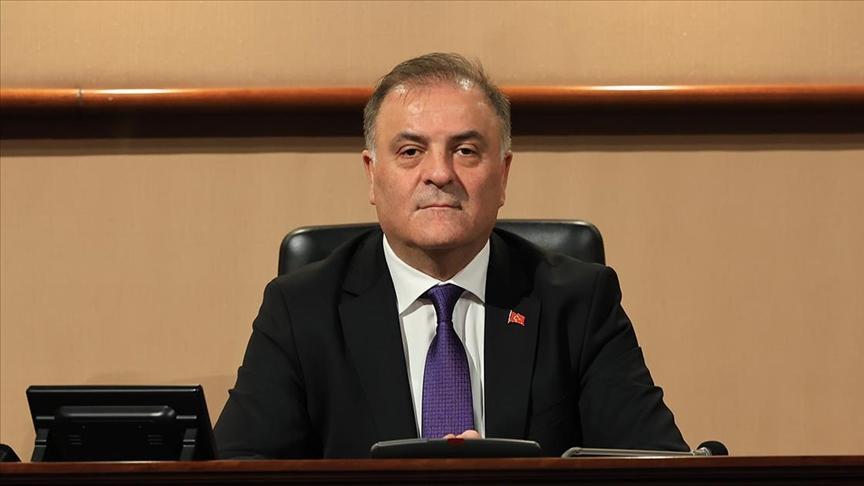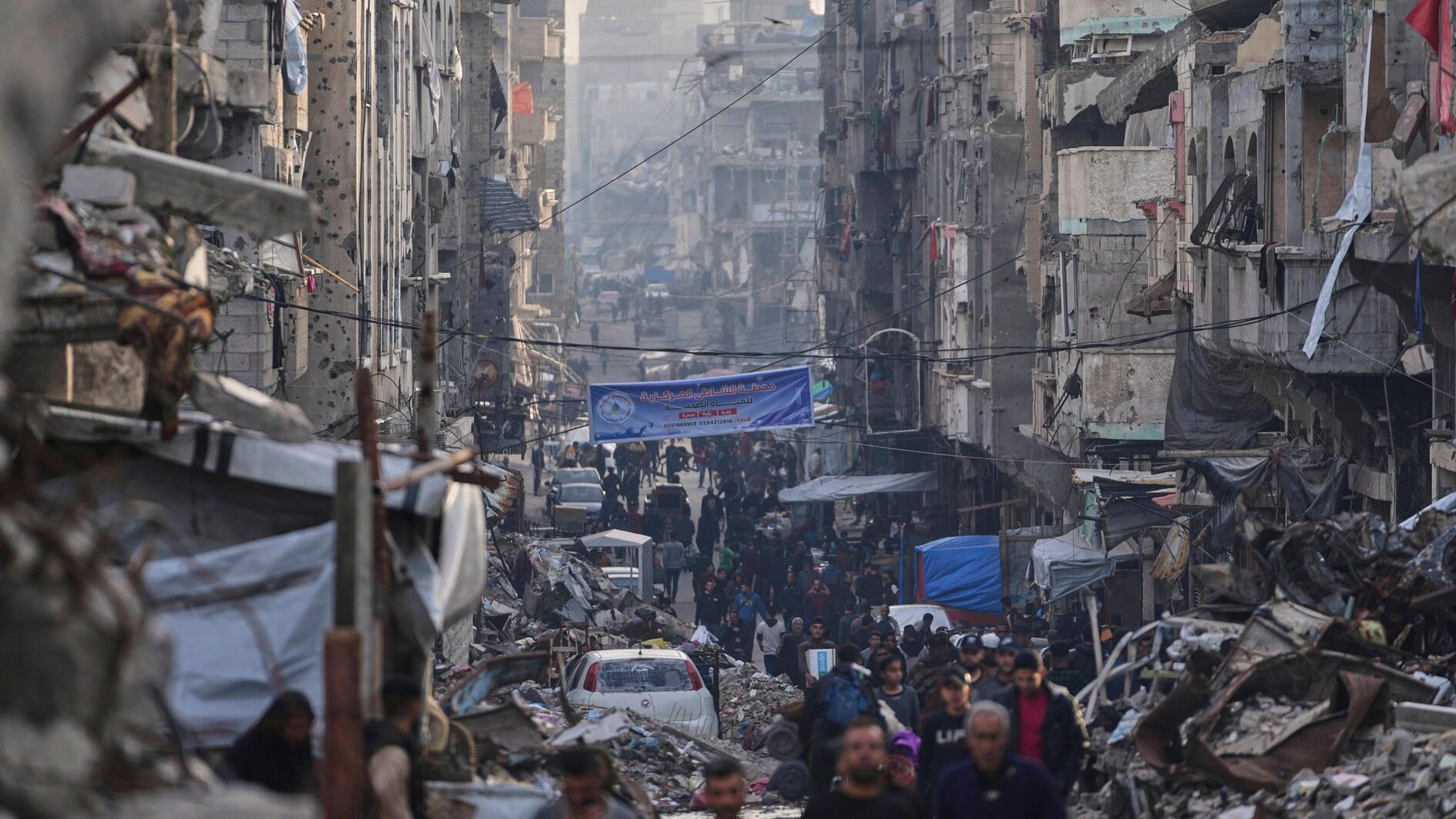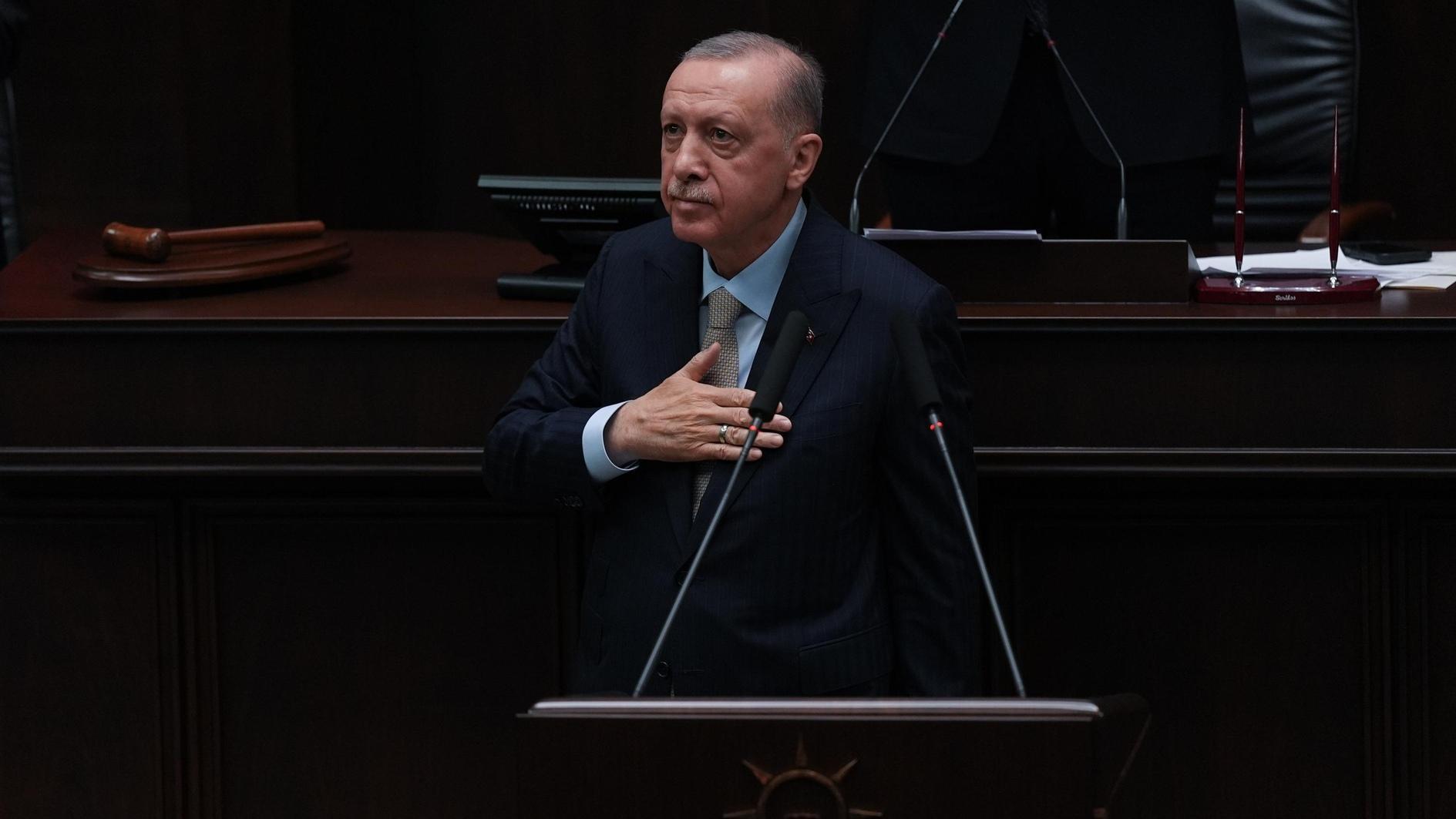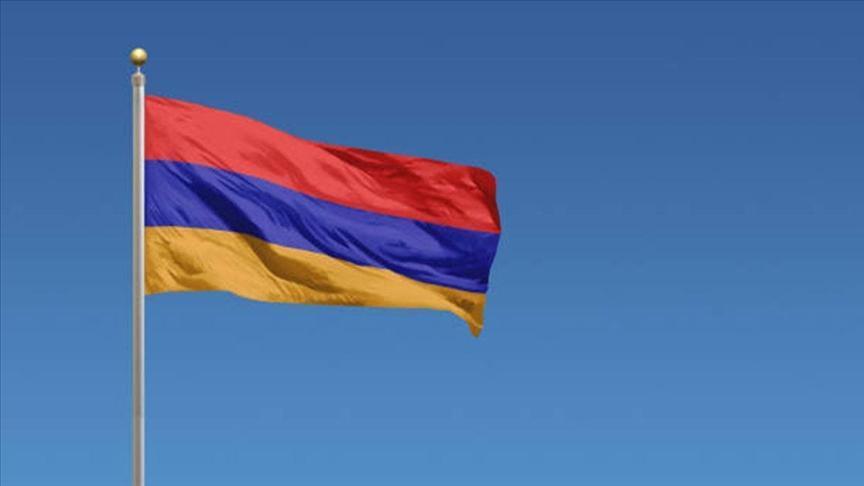Roman and Byzantine era mosaics in Kazlıçeşme
ISTANBUL
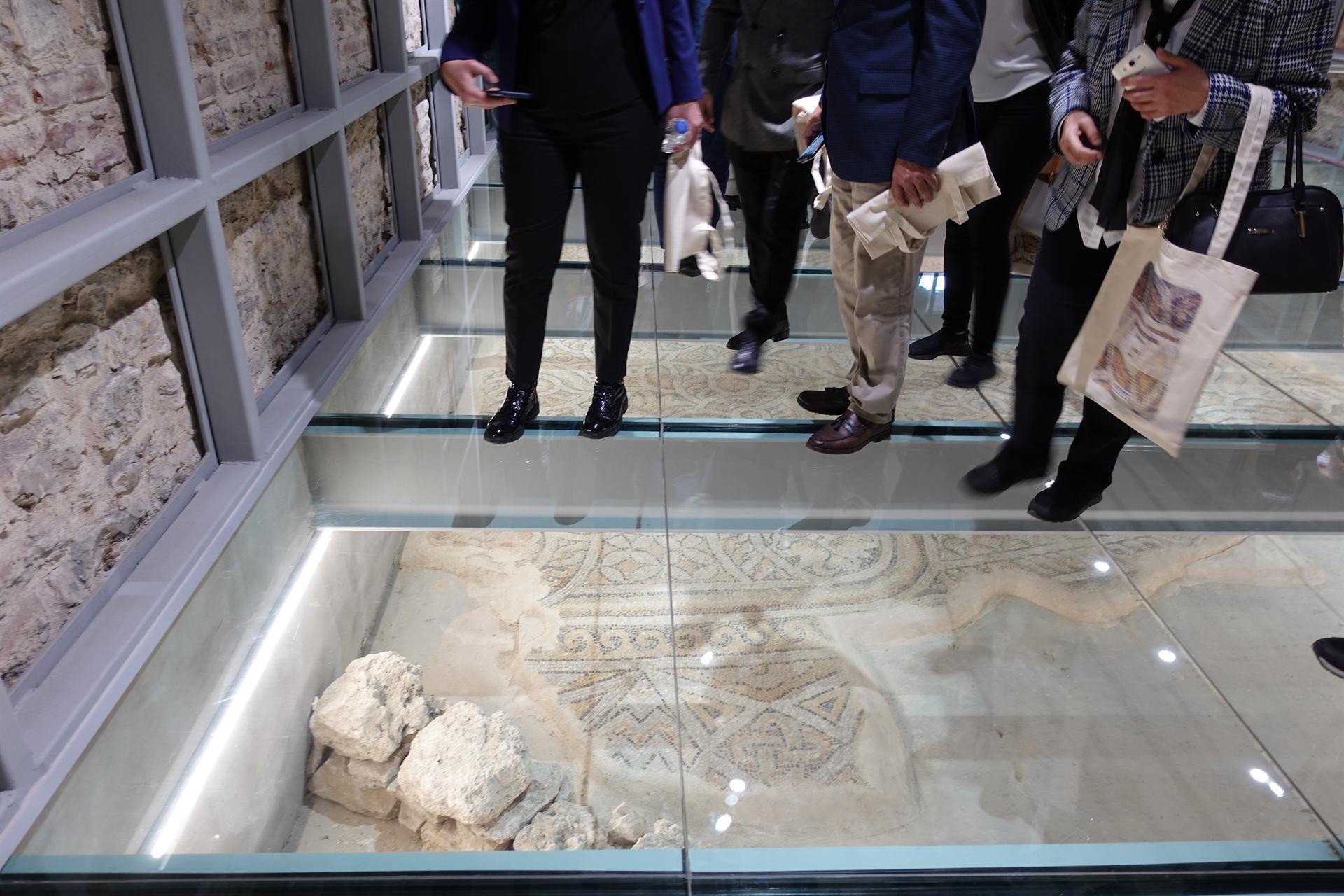
Ancient mosaics, unearthed in Istanbul’s Zeytinburnu Kazlıçeşme and believed to belong to the Late Roman and early Byzantine period, have been introduced with the theme of “Four Times Four Stories One Space” at the Zeytinburnu Kazlıçeşme Cultural Center.
The Zeytinburnu Mosaics, which were found during the restoration of the historical building in Kazlıçeşme, where the Zeytinburnu Municipality was located for years, were introduced at a symposium organized by the Zeytinburnu Municipality on Oct. 22.
The opening of the symposium, where the culture, traditions and values of different times were discussed, was done by Zeytinburnu Mayor Ömer Arısoy.
Speaking at the symposium, Arısoy stated that Zeytinburnu was located on important treasures just like Istanbul.
Noting that the efforts to transform Zeytinburnu into a culture valley started in 1999, he said, “In line with the suggestions of the late architect Turgut Cansever, who knew the historical and cultural potential of the region, a cultural restoration move was undertaken to create a Culture Valley, while many works were revived, the region was reconstructed according to urbanism principles and this long-running project now blossoms.”
Speaking about the mosaics, Professor Asnu Bilban Yalçın said, “Zeytinburnu mosaics and the similar are actually material witnesses of the transition to a new order, the continuation and change of cultural production, which we define as the late Roman period.”
“The ornamentation and formulation of the magnificent flooring here show us how strongly the Roman common cultural language continues,” he added.
Pointing out the significance of the mosaics, Yalçın said, “These magnificent floor mosaics, which have been discovered as a result of a coincidence in the historical building of Zeytinburnu Municipality, will provide important information that will contribute to the historical topography, artistic and cultural accumulation of Istanbul.”
Archaeologist Nezih Başgelen said that for a biography work, they had found the notebooks of Rüstem Duyuran, one of the archeologists of the Istanbul Archeology Museum. Stating that Duyuran’s notebooks also include visuals, Başgelen said, “There are all stages of the emergence of the mosaic in front of the province in his notebooks.”
The area where the Zeytinburnu Mosaics are located, and the historical building that has been used as the building of the Zeytinburnu Municipality for 25 years, was actually the battlefield for a long time after the late Roman and early Byzantine period.
During the Ottoman period in the 18th century under the reign of Sultan Mahmud II, the building served as Cebehane Hospital and in 1847 as a military hospital. Later, it served as a dormitory for officers’ children, military service branch, sales place, and finally, as the building of Zeytinburnu Municipality for 25 years.
When the municipality moved to the new building, a three-year restoration process began. During the restoration, a mosaic from the Roman period, dating back to the fifth century, was found and presented to visitors under a protection glass.
However, with the possibility of finding other mosaic motifs outside the building, excavations have been continuing in the garden. The building has been opened to visitors under the name Kazlıçeşme Sanat, and after the ongoing excavations are completed, the building will serve as a mosaic museum.


